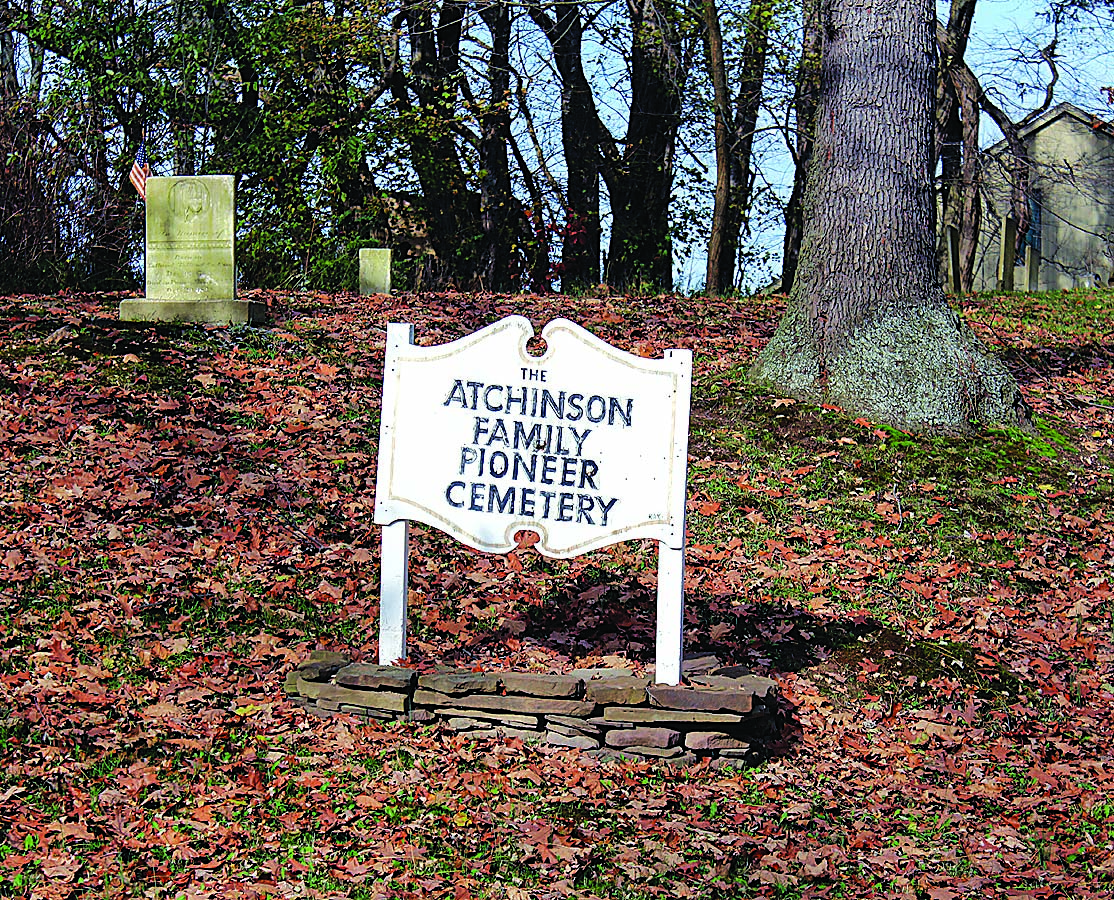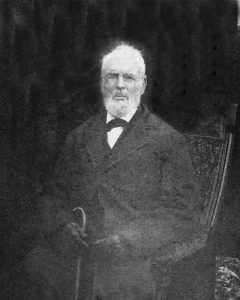Parma’s first settlers – 1796

by David Crumb
Hilton-Parma Historian
Parma was an untouched wilderness prior to 1796. True Native Americans hunted on Parma lands prior to that date, and perhaps a few white men tracked through the area to see what was here and possibly to do surveying, but on record to date, no one had stopped to say this is where I am going to live prior to the above date.
From the well settled and picturesque county of Tolland, Connecticut, the Atchinson family set out for New York state in the fall of 1795 in search of a new life for themselves and their six children. They arrived first in Canandaigua, considered the hub of western New York state at that time. The father Bezaleel, his wife Mary, and the six children along with Bezaleel’s two brothers, Stephen and John, arrived at the Canandaigua farm of another brother, Dr. Sylvester Atchinson, that autumn.
I cannot begin to imagine what their 21 day trip by ox cart from Tolland to Canandaigua was like. After a few months living in Canandaigua, they found the land not to their liking. Food was scarce, and their two oldest children died during the winter. It was then that they decided to move on.
According to Elizabeth Keller, Hilton historian in her 1959 book on the History of the Town, she states that, “Mr. Williamson, the Phelps and Gorham Co. land agent, having just opened the Parma area for sale, held out some inducements to Bezaleel, urging him to commence a settlement at “Braddock’s Bay Township,” as it was then known. Records show that in 1796, 217 acres were deeded to Stephen for 216 pounds ($1,051.92 or $4.84 per acre). Bezaleel had previously received title to 167 acres, and John, 130 acres in “The North Woods,” as all land north of Ridge Road was then called.
While the area was thickly wooded and quite overcast, the soil was rich and not too hilly, and while the area was dark with the thick canopy of the great first growth trees, and there were undrained swamps that bred disease, the Atchinson’s decided to stay and make a go of it. The Atchinson Cemetery nestled on the bend of Parma’s Hill Road today marks the location of this family’s settlement. Their first homes were across from the cemetery near a small creek.
They blazed a trail from the Genesee River after crossing it while it was frozen over, and were guided to their new home on today’s Hill Road by a grizzly old scout named John Parks. Braving life in the wilderness at that time was not for the “faint of heart.” There were no modern conveniences such as grocery stores or doctors. Transportation was by foot or, if you were lucky, a horse. History tells us that the pioneers had to be aware of wild animals such as bears, rattlesnakes, wolves and other predators. Building a suitable log cabin, and clearing the land with only an ax and an ox were other daunting challenges. By sheer force of will, the Atchinsons prevailed in those grim early days and lived to see the Town of Parma eventually prosper.
During the following decades there were several Atchinson families who were succeeding in clearing the land, raising large families, and taking leadership roles in the growing Parma community; other members of the family, however, left for Michigan. Bezaleel and Mary’s two sons, Roswell and Austin, founded Parma Center. Austin’s home was on the north east corner where today there is a transmission shop. His home, built in 1812, was considered Parma’s earliest frame house. It was torn down in 1959 to make way for a new gas station. Roswell’s home still stands on the west side of Route 259 about one-half mile south from the intersection of Parma Center Road just across from the first entrance to the Parma Town Hall. The date of its erection is uncertain. Roswell became one of Parma’s leading politicians and Austin faithfully served his church and was an active Mason.

Austin Atchinson lived a long life. A clipping in an old scrapbook recently came to light. He was born in Tolland, Connecticut in 1790. At age 22, he served from Parma in the War of 1812 from which he received a pension. In later life, after being active as a leading resident of Parma Center, he moved south. South in those days was Spencerport. When he reached the age of 70 in 1860, he became ill. Anticipating that he only had a few years to live, he deeded his assets worth about $30,000 to the new university in Syracuse with an agreed upon annual interest of 7 percent or $2,100 for as long as he lived. The trustees of the college were only too pleased to get this trust until Austin was in his eighties, and then they asked, could the interest please be reduced by a few percentage points. Austin thought that one percent would be okay, the parties agreed on six percent and Austin continued on living. By early 1892, Austin had reached the unprecedented age of 102 and was considered the oldest man in Monroe County and the oldest Mason in New York state.
U.S. President Benjamin Harrison was due in Rochester for some campaigning that year, and arrangements were made for “Father Atchinson” to meet him at the Powers Hotel. There the two men shook hands which culminated a century of progress. Austin was nine years old when George Washington died, and he was greeting the 23rd President of the United States. On his 102nd birthday he celebrated, according to the clipping, by building and painting a fence in his backyard. He died a few months later, lacking one month of reaching 103.
When his executor tallied up his annuity it turned out that he had received another $32,400 from the college over his life. Not a bad payback for the old gentleman by 1892 standards. He and his wife left no living children. His estate was divided among nieces, nephews, friends, the Methodist Church and of course, his surviving second wife, Catherine.
Today there are no known descendants of this first pioneer Parma family in the area. Several years ago the historian’s office had correspondence with a lady from California who had claimed to be a descendant of the Parma Atchinsons but her correspondence ended suddenly.
Should any reader have additional information on this first Parma family they would be willing to share, it would be greatly appreciated by the Village of Hilton historian’s office.


